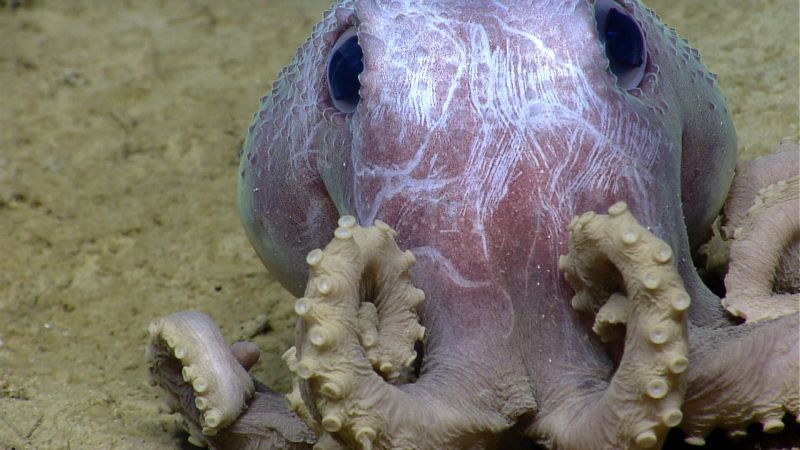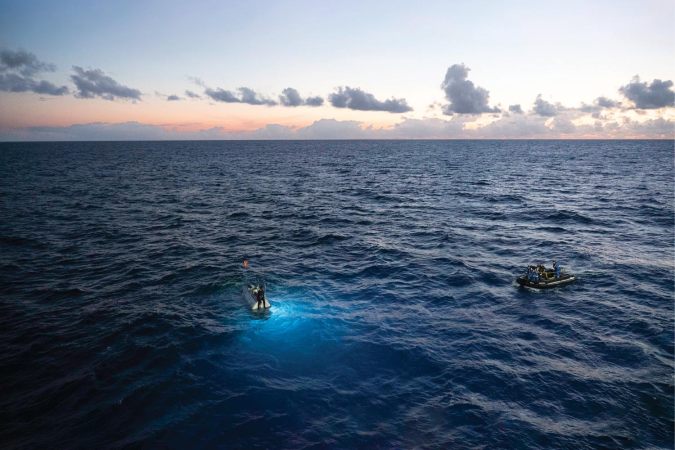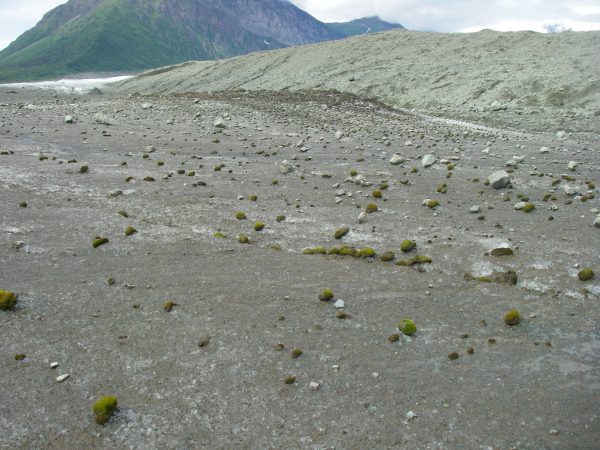


Stace Beaulieu is a biological oceanographer at the Woods Hole Oceanographic Institution. Here’s her tale from the field as told to Rachel Nuwer.
My specialty is deep-sea biodiversity. I study invertebrates that live in hydrothermal vents near the ocean floor. These are unique habitats associated with hot springs, which tend to be found near volcanic activity. Many of the creatures that thrive there are not found anywhere else on Earth. Almost every time we discover another of these springs, we find new species.
Accessing the habitat is quite challenging. With current technology, you need to be in a deep-diving submarine or use a nimble sea robot. For the latter, you’re on a small ship, dangling a cable 2 miles down, then dropping and guiding the robot to an exact spot on the bottom. It’s like trying to fish for something on land from inside an airplane.
Going down in a submersible is tricky, too. Parking is a real pain. There are jagged volcanic rocks everywhere with really hot water spouting out—reaching 660 degrees Fahrenheit at some sites.
Meanwhile, being inside is akin to being jammed in a Volkswagen Beetle with two other people. We try to keep a dive to 10 hours, which is definitely a long time considering there’s no bathroom. When I’m down there, though, I’m so involved in the science and the energy and the fact that we’re exploring the seafloor that I basically forget I have bodily functions at all. I’m not hungry or thirsty either—I’m just completely absorbed in my work. It takes an hour or two to journey back up to the surface, which is when I really start to notice those things again.
The information we gain about the creatures living in these inhospitable habitats could inform processes like making industrial enzymes and developing new pharmaceuticals. But personally, I find value simply in discovering the existence of all these new species: I’m studying these animals and habitats to better understand what and who we share this planet with.
This story originally published in the Out There issue of Popular Science.















